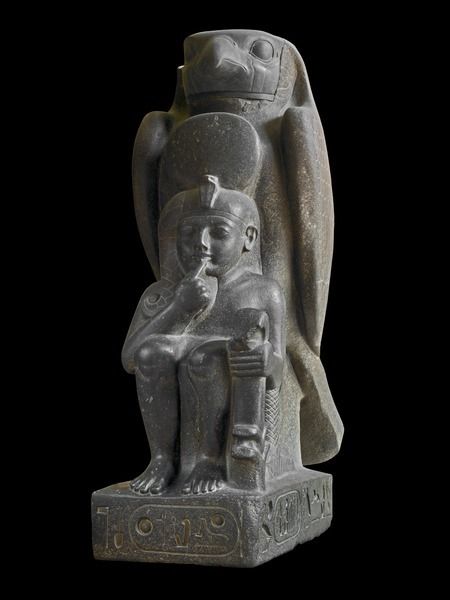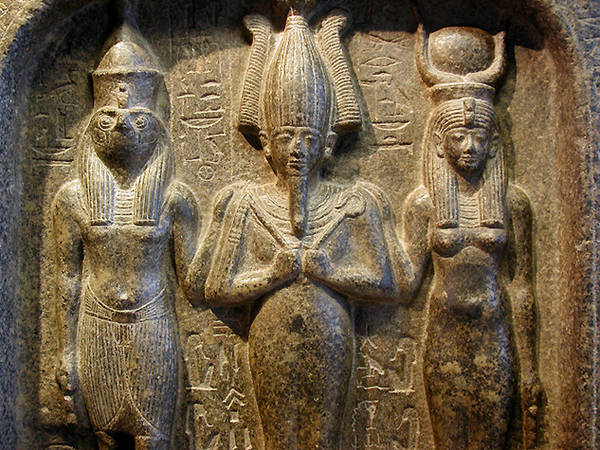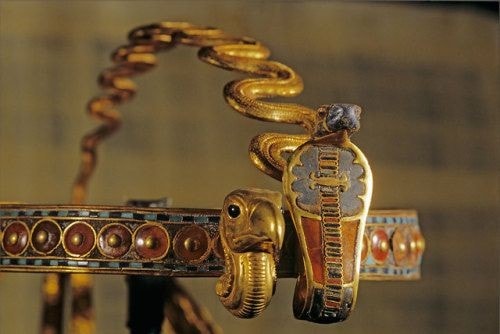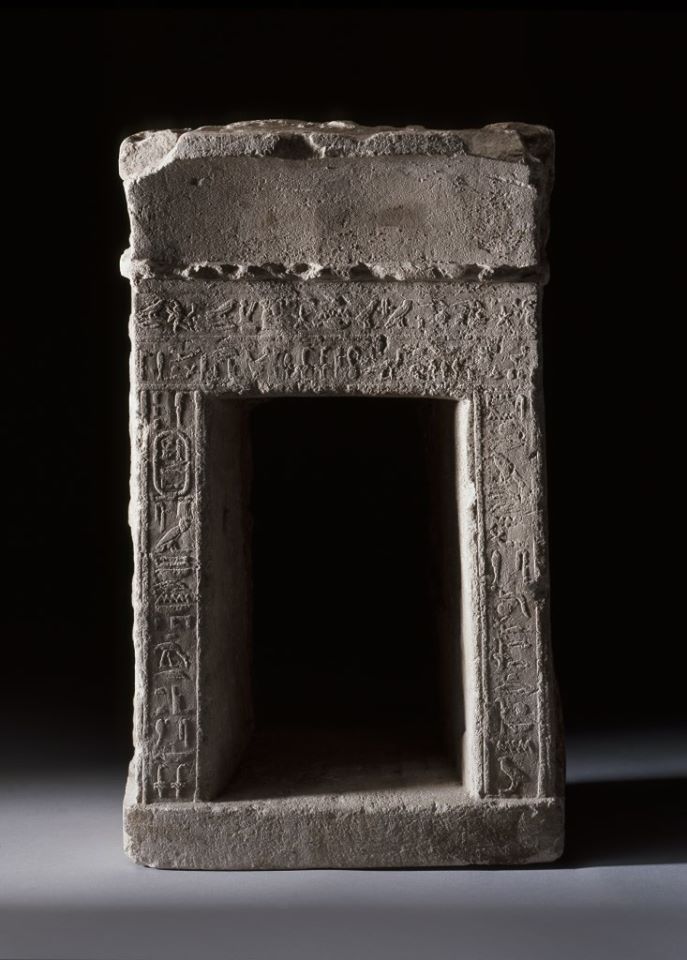Good effects of Luxor
Follow the most important tombs of the Valley of the Kings
The tomb of King Ramses III KV 11
Ramesses the Third took his father's abandoned cemetery and changed its direction so that it would not interfere in the tomb of Amun Miss, and he was buried here except that the priests transported his mummy that was found in the environment of the marine monastery, and there is currently a cover of his sarcophagus made of pink granite approximately ten feet long and about five feet wide In the Fitzolim Museum in Cambridge, it has a prominent image of the deceased king and on one side Isis and its drawing are completely destroyed and on the other side Nephthys, as well as this cover of good forms to cover the coffins in the era of the late empire. The places of the coffin are found in the Louvre Museum in Paris. The cemetery is often called "Bruce's cemetery" in relation to the Ethiopian travellers who first reopened it in 1769 and who made pictures of the two paintings representing the harpists. From these drawings, the second name of the cemetery is "the cemetery of those who play the harp". The workmanship in this cemetery is less good than in previous times, but it is nonetheless eye-catching and the colours are still retaining their lustre. The entrance is visible, which shows the good idea that the royal cemetery has remained with for some time after it became clear that the idea of concealment was useless.
Description of the cemetery
The tomb can be accessed by a stairway with a slope in the middle to facilitate the lowering of the sarcophagus down. On both sides of the door, the flags are carved in the rock with bullheads, and on the doorstep are the three regular symbols of the sun god, the disc and inside it are news and Atom while you worship Isis to him, and despite the right and left of the entrance of the first pass the drawings of the goddess Maat while she kneeling spreading her wings for protection, and on the walls "Prayers" Ra. "And a view of the king in front of my sister's horoscope and another view of the sun as it passes between the two horizons. From this passage, we open to the left two small rooms and they are the first two rooms of a series of stones reaching ten, and in the left room are scenes that represent the cooking of foods that enter the royal cemetery. The gin procession Go through the Nile (or trip to Abydos) and see the boats in the upper row, spreading its sail while folded in the bottom row.
In the second corridor, the scenes conveyed about the "prayers of Ra" continue with the paintings of the Huns, Isis, and Nephthys, and the stones from the third to the tenth on both sides of the corridor contain a container of important importance. Rinnot "with the head of the serpent, and from the scenes of the rooms on the right, drawings of war flags, arrows and the flags of the four tribes, which were held since ancient times in front of the king on large occasions. As for the scenes of the rest of the rooms, we see drawings of the Nile gods and fields carrying holdings of fruits, flowers and birds, and a room with a letter M for the colours of each type, including some pots "with neck false" It is out of Messene (Greek) and Furniture from each class, such as family, seats, necklaces, and other Anaaid elephants. And a room with paintings representing sacred animals and symbols also to the guardian spirit of the king who carries a magic wand guided by the king's head, and a room showing the channels in the underworld and above it the king's boat swims in the fields of Paradise where the ploughing, sowing and harvesting works are performed, and the last room on the left we see the famous scene which represents performers The harp, which was given to the cemetery one of the names by which it was known as we mentioned before, and notes that the player on the left (who is more preserved in his form) plays in front of Anhur and Hur my sister, but the one on the right is performing in front of Atom Shaw. It is noticed that the passage ends at this part in which six Nakht found that it was carried out to the tomb of Amun, touching what led to the abandonment of his tomb, born Ramses III, a change that was directed to the right in a right angle on the axis of the cemetery, adding to the corridor a rectangular space that referred him to an additional room and thus this made The work should continue parallel to its first planning, but at a sufficient distance away from the oldest cemetery so that any other risk in the original corridor can be avoided by views of Isis and Anubis on the left and Nephthys on the right as the king appears in front of Atum and Ptah, and in the skewed room, as well as, the skewed room of Ptah - Soccer Osiris, which is guarded by Isis B. Its misdemeanour and on the right wall where we are going in the original direction, there is a drawing of the king in front of Osiris and Anubis.






























